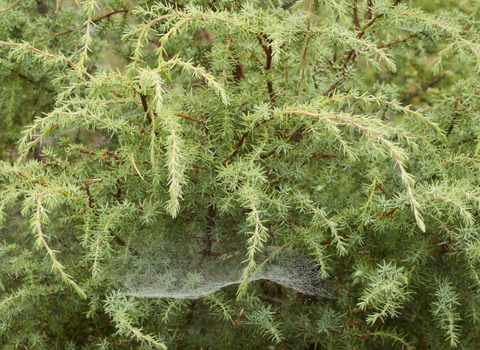
©Mark Hamblin/2020VISION
Common juniper
A sprawling, spiny evergreen, Common juniper is famous for its traditional role in gin-making. Once common on downland, moorland and coastal heathland, it is now much rarer due to habitat loss.
Scientific name
Juniperus communisWhen to see
January to DecemberSpecies information
Category
Statistics
Height: up to 5mPriority Species under the UK Post-2010 Biodiversity Framework.
